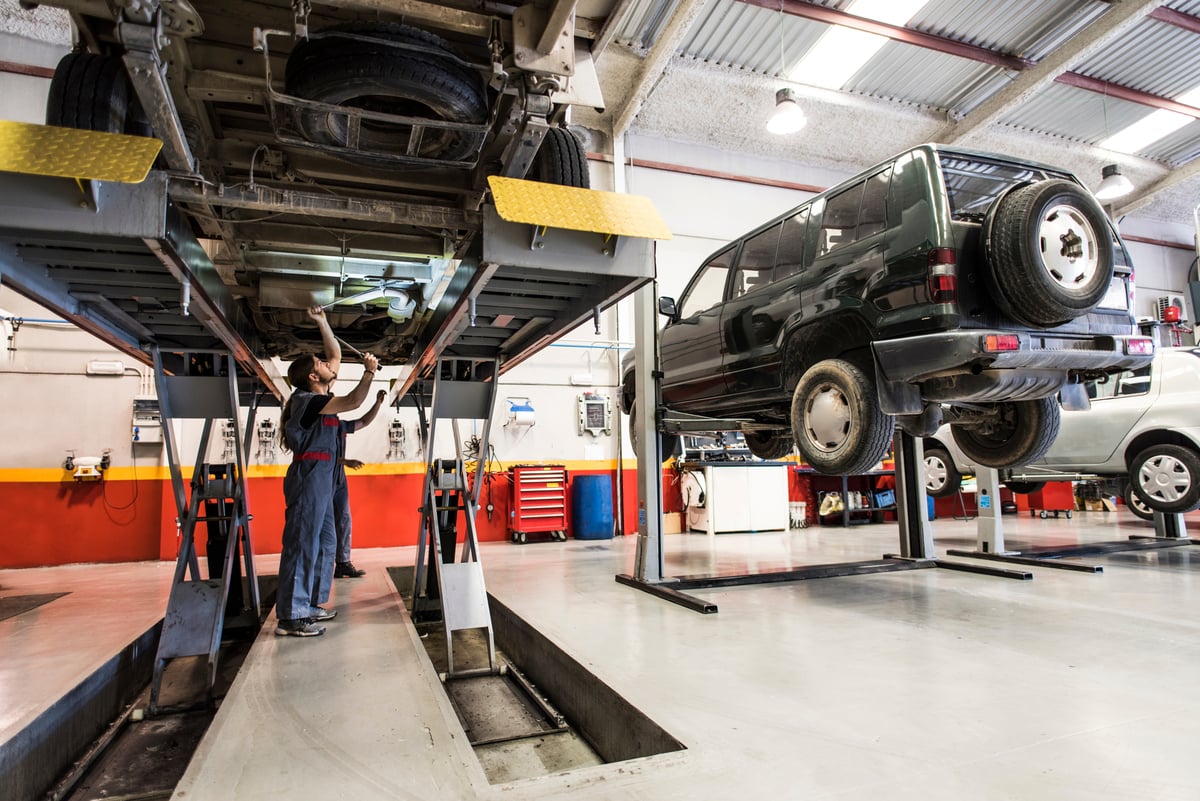No one said it was going to be easy, but even the most ardent admirers of Advance Auto Parts Inc. (AAP +1.20%) must acknowledge that its ongoing integration of the Carquest and Worldpac stores (acquired in the 2014 purchase of General Parts International) hasn't gone to plan so far. The second-quarter earnings revealed even more integration difficulties, while management candidly prepared investors for more bad news ahead. What's going on, and what should investors make of it all?

Image source: Getty Images.
Advance Auto Parts Inc disappoints
For those new to the company, the investment case for the stock sees the company as the value play in a sector experiencing favorable tailwinds. By integrating Carquest's Do It For Me (DIFM) heavy sales into existing Advance Auto Parts stores, the company is supposed to be transforming itself into a dual-store (DIY & DIFM) in the same way O'Relly Automotive (ORLY +0.41%) did in 2008 with its purchase of CSK.
Unfortunately, the integration isn't going to plan. The process of converting Carquest stores to Advance Auto Parts stores and consolidating (merging stores together) is causing customer disruptions, supply chain disruptions, IT integration issues, and inventory build-ups.
As you can see below, the key issue is falling sales -- all the more disappointing because rivals like O'Reilly and the DIY-focused AutoZone, Inc. (AZO 0.94%) continue to generate good same-store sales growth.

Data source: Company presentations. AutoZone figures are domestic same-store sales figures and adjusted to Advance Auto Parts' quarters.
As the chart above suggests (O'Reilly Automotive is the best comparator because of its mix of DIY and DIFM sales), Advance Auto Parts's problems are company specific rather than an industry issue. Indeed, CEO Tom Greco acknowledged the point on the recent earnings call: "You know I think if you look at our comparative performance, you would say the majority of it is self inflicted."
From an investment perspective, this means the stock probably has upside potential if management can execute its integration plan successfully.
Worse before it gets better?
Unfortunately, the integration is not running to plan. The company's previous management started 2016 predicting low same-store sales growth and an adjusted operating income margin of 12% for the full year. Fast-forward to second-quarter earnings, and current management now expects "annual comp store sales" to be down 3% to 5% for the full year.
It gets worse. As sales are falling, the company is suffering margin compression because of its high fixed-cost base. For example, adjusted operating income margin was 10.8% in the second quarter compared to 12% in the same period last year -- management has abandoned its target of getting to 12% for the full year
CFO Mike Norona discussed margin on the earnings call:
Based on that down 3 to down 5 for the full year, we're going to continue to see SG&A and supply chain deleverage. Our model needs sales, and with an 80% roughly fixed cost model you just deleverage. That will be the largest driver of our operating margins in the back half.
In addition, there are other factors that are likely to impact earnings and cash flow in the next few quarters:
- Investments in service and parts availability which could hit margin.
- Existing inventory is building up (7.3% higher than the same quarter last year), and selling it off quickly could hurt margin. Meanwhile, new inventory needs to be bought.
- Difficulties in shifting to daily replenishment hit results (supply chain ad availability issues) in the North East and Great Lakes regions in the second quarter -- suggesting more problems could be around the corner.
- Management announced it would be reducing the number of consolidations (currently at two-thirds of its original target for consolidations) it makes going forward because of not hitting "the goals we set."
Clearly, there is a lot more work to be done before sales starts stabilizing. The problem for investors is that, as sales fall, operating profits are likely to fall even more (because of the deleveraging discussed above). In other words, the current valuation could get more expensive if sales fall.
What should investors make of it?
The underlying investment case remains compelling. For example, if Advance Auto Parts closes the operating margin gap with AutoZone and O'Reilly Automotive, the upside potential is significant. Based on current revenue, if Advance Auto Parts gets back to 12% operating margin and is valued at enterprise value (market cap plus debt) to revenue comparable to O'Reilly Automotive (which also has good balance of DIY and DIFM sales), then the stock has a near 60% upside from current levels.
AZO Operating Margin (TTM) data by YCharts.
The problem is the immediate outlook doesn't look good -- management has candidly prepared investors for potential margin compression -- and until the company demonstrates it can stem the tide of falling sales, investors have a right to be cautious. The stock is attractive, but it's not for those of a nervous disposition. Advance Auto Parts has a difficult second half coming up.









